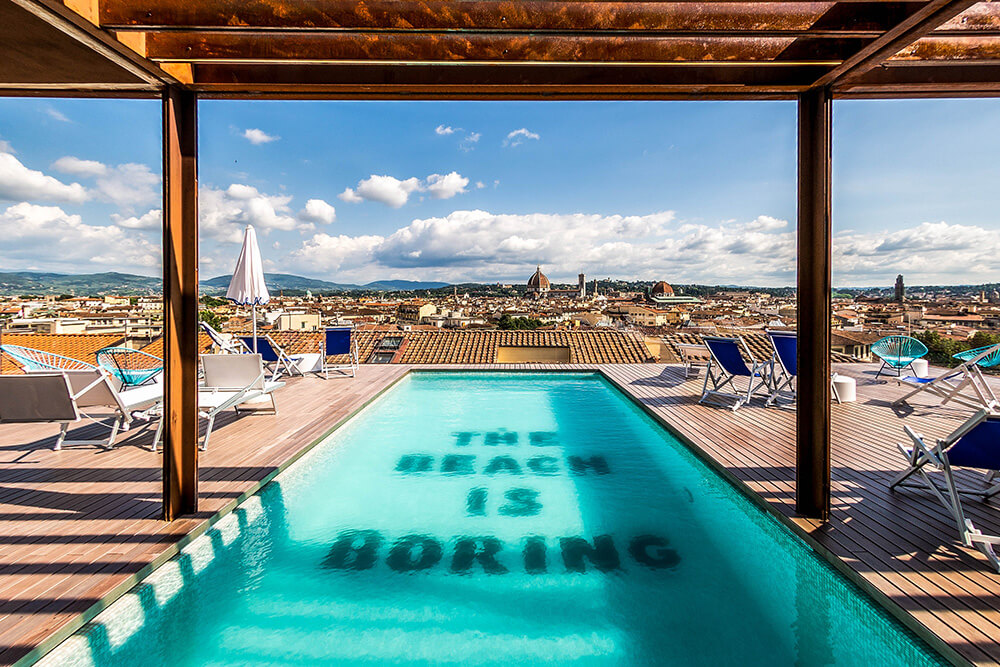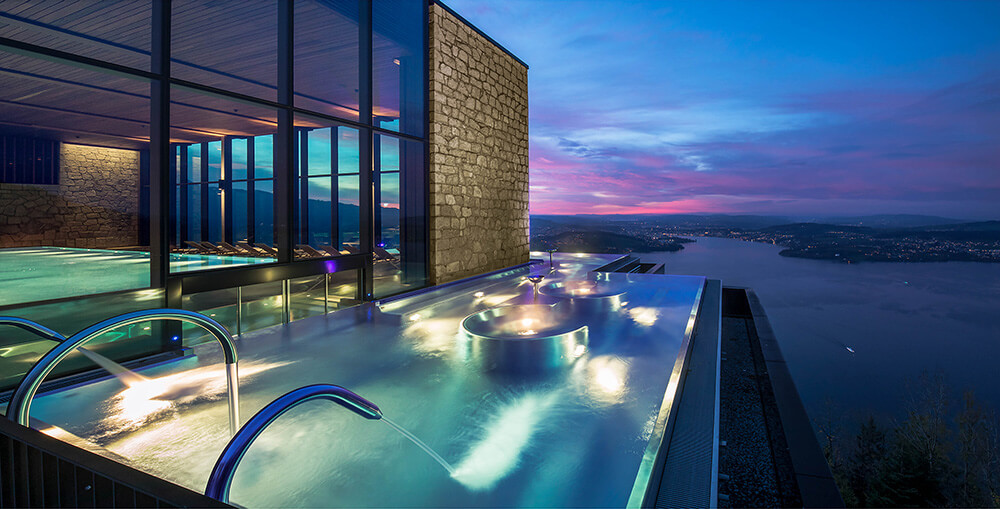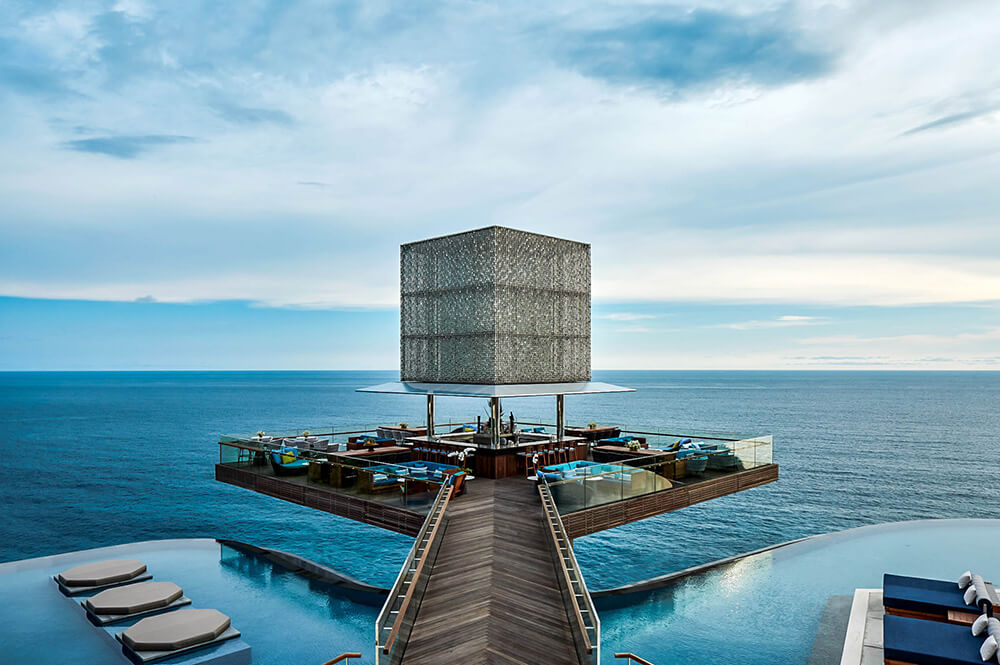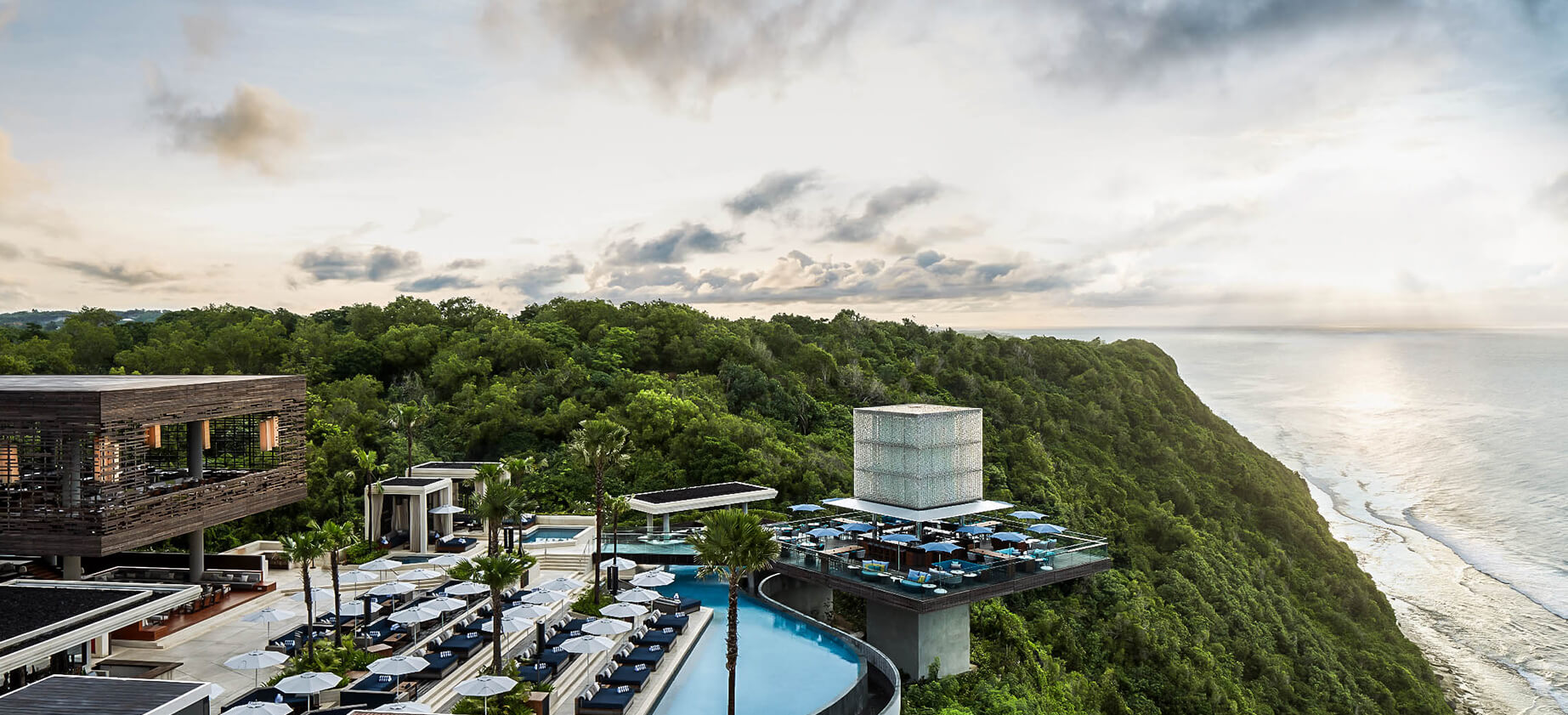This study created waves. A UK holiday home insurance provider asked young adults between 18 and 33 what they consider most important when deciding on in a vacation destination. And here it comes: More than 40% said its “Instagrammability”. In other words, the location, hotel and room must create excitement on the Instagram social media platform. Sites came in last in the survey.
Remember, we’re talking about the results in one country here – in other words, don’t start to panic if your hotel is getting on in years in a way that can’t be described as patina-chic. Still, it’s definitely yet another example that social media – and especially the visual platform Instagram – is shaping our present. When The Student Hotel opened in Florence in 2018, a certain design sprang up like mushrooms on the Instagram floor: the pool, with the words “the beach is boring” inscribed at the bottom.

Image: Christian Vernaschi
Millennials (that’s what the target group is called; the generation born between the early 1980s and the late 1990s) posed casually next to it, then took the shot and posted. The PR value for the hotel: unparalleled.
Sieh dir diesen Beitrag auf Instagram an
Pools in particular are #instadarling. So much so that the Swiss Bürgenstock Resort, for example, had to limit the times when you can take pictures in the pool. The Omnia Dayclub in Bali was probably even designed with Instagramability as an absolute requirement. At least that’s what Jack Bedwani, founder of the agency the projects*, which advises international brands (e.g. The Ritz-Carlton or W Hotels) on such matters, believes.

Image: Bürgenstock Hotels AG
Pose and post
“The idea here was clearly about motivating the guests to fill up their Insta feed before they even arrived,” says Bedwani. The travellers know exactly what photos they want to take, what they are going to wear and when the best light is available. The social media expert calls this development “fascinating” and refers to the term “image economy”, a further development of the “experience economy”. “Today, image is as important, if not more important, than the experience itself.” The sentence hits home – and reverberates. Bedwani asks rhetorically, “Did it ever happen if you didn’t post it?”
According to Bedwani, the fact that hotels today are increasingly being designed to be as photogenic as possible is only one aspect of a much larger cultural change. He quotes Christopher Wallace (“Business of Fashion“): “We are all editors-in-chief of www.us.com.” What he means by this is that we are all busy putting ourselves on display. In other words, a nice pool only gets the hotel postings and insta-stories if the guest can use it to set the scene. They have to be able to interact with the hotel, in other words, the location. They have to be given the chance to make it their own. By posting what we have experienced, Bedwani points out that each and every one of us helps to shape and to some extent even transform a (hotel) brand. This may upset you at first, but it shouldn’t. According to Forbes, a Swiss luxury hotel has been able to completely do without advertising since 2011 – thanks to renovations and social media.

Image: Omnia Bali
Instagram for the hotel industry
Sure, all of the examples so far are from the upscale hotel industry. In other words, the lifestyle hotel industry. What if I don’t have an infinity pool and a marble staircase (stairs are also very popular)? There are also other possibilities. You can find tips on the web, like set up a nice couch and put huge picture frames around it. This is perhaps a bit trivial. However, lettering, for example, works well – motivational words that everyone easily understands without giving it much thought.
View this post on Instagram
For example, the Rove Hotel in Dubai tried sentences like “This is my happy place” written above the bed – and it worked. Others just design a wow-factor room, that works too. But in this case, you might get too many booking requests for only one room. The German newspaper Die Süddeutsche sums up these It pieces somewhat flippantly, but extremely aptly: “(. . .) room and lobby with a screed floor, succulents and wicker shell chairs in garish colors. You need something flashy in the background, a wall graffiti by local street art artists (. . .)”. The latter is a lower-budget tip from Bedwani: “Get in touch with young creative people and let them interpret your hotel.” It takes courage, but it often pays off.

















Pingback: 5 top tips for social media success for restaurateurs | KTCHNrebel